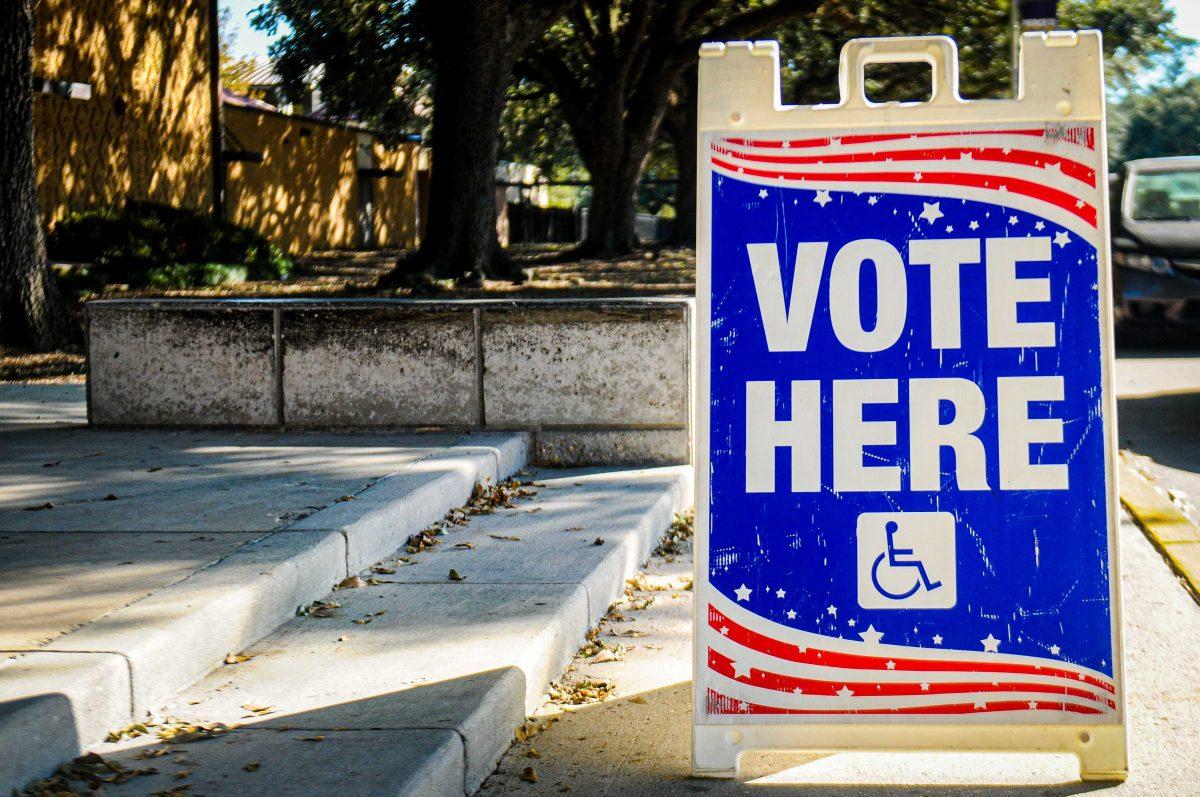Of the $787 billion on its way to aid local levels of government, North Carolina Gov. Bev Perdue is expecting $6,089,387 to come to N.C. Initial budgeting includes an estimated $2 billion to be spent on education in North Carolina alone but administrators are unaware of how exactly the funds will be spent over the next two academic years.A majority of the aid will be distributed through an increase of funds towards forms of financial aid such as the Pell Grant. Julie Rice Mallette, director of scholarships & financial aid, reports 18 percent of undergraduates at NC State qualify for the Pell Grant. Based on details released from National Association of Student Financial Aid Administrators (NASFAA) funding for the increase in the Pell Grant stems from $17 billion provided by the recovery package. Jessica Couch, a junior in textile and apparel management, would like for the funds to provide more money specifically towards scholarships. “[The scholarships should] not just be based on need, but on merit and talent as well,” Couch said. If students do not receive enough scholarship money they will also have more opportunities to provide their own source of income. Mallete reports students awarded with a Federal Work-Study will benefit from an increase in funding as the current allocation cannot satisfy the demand. Although the $490 million proposed in the House version of the bill has been reduced to $200 million, it is still expected to alleviate some of the current demands on the work-study program. Another method that funds from the recovery package will be spent is by administering tax credits according to Michael Walden, William Neal Reynolds Distinguished Professor & Extension Economist. Walden said an increase of tax credits to $2,500 should help out students with education costs.”Students will benefit from the increase in the higher education tax credit,” Walden said.Lamar Crawford, a senior in biochemistry, wants the tax credits to be given out based on need.”[I would like to see] tax credits to go towards [low-income families] so that they can put the money back into the economy,” Crawford said. NASFAA also details that up to 40% ($1,000) of the revised tax credit is refundable, a feature that traditionally benefits lower-income taxpayers. Approximately four million additional students will receive the tax credit now that it is partially refundable. Other than providing an increase in the financial aid available to fund an undergraduate tuition, the package also includes providing funds to states so that they are not forced to implement budget cuts or release staff. Policies are being considered at N.C. State that would remove the immunity both tenured and tenure-track faculty are allowed that prevents their release from the University. The consideration of releasing faculty with documented contributions to the academic community is just one example of the threat to job security at a micro-level. Julian Mack, a sophomore in English, anticipates the stimulus package will have a big impact both on education and on the nation, despite the rough economic outlook.”The recovery package will do more than just benefit students,” Mack said. “[It should] also help to stabilize the economy.” Despite predicting an economic slide for the remainder of the year, Walden believes that if federal aid is able to impede the recession, graduates will eventually benefit from an improved job market. Students can begin to take full advantage of the financial aid by submitting their 2009-10 FAFSA. The priority filing date is March 1, 2009.
Recovery package will benefit students directly
February 16, 2009






